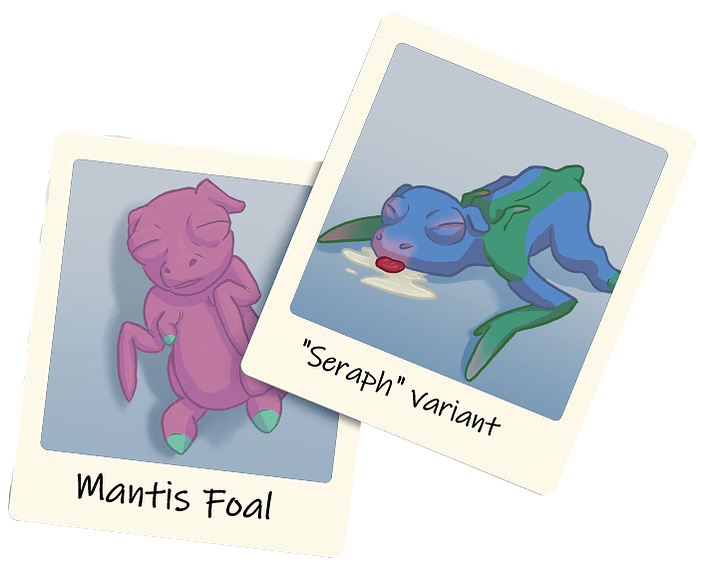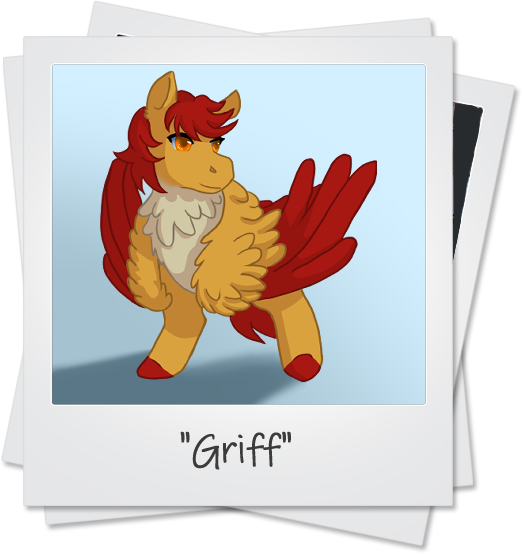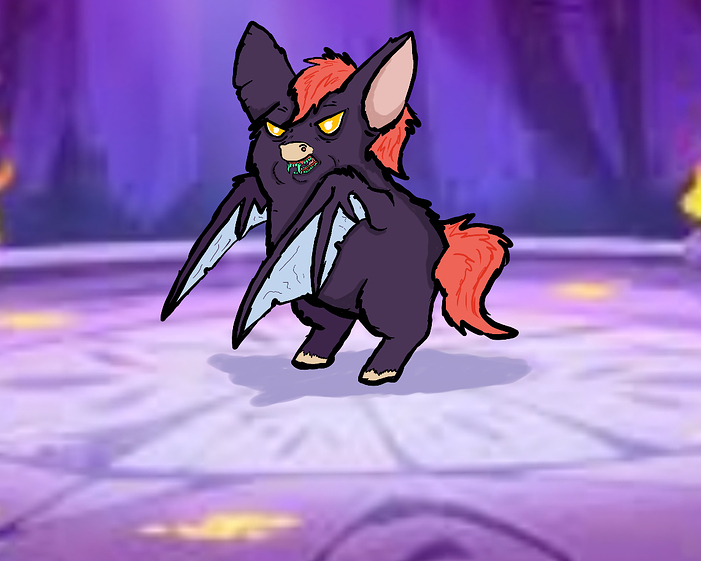Mantis Foal is a pegasus foetal anomaly characterised by overdeveloped wings and underdeveloped or absent fore-hooves.
In rare cases, the foetus may develop two sets of wings, but these instances are more likely to be still born. Those that survive birth tend to suffer from more co-morbid deformities than the more common variant.
Typically a Mantis Foal, if spared from a postpartum abortion by their mother, will not survive longer than a year regardless of care and human support. The malformation of the limbs also deforms the thorax in a way similar to swimmer syndrome in dogs.
Without surgical correction the foal experiences a severely limited lung capacity, difficulty feeding, and a number of other complications that eventually causes the foal to expire due to the additional stress on their cardiovascular system.
The complexity of these surgical corrections and the more fragile nature of the foals affected by it, mean that most breeders, shelters, and owners cannot, or will not invest in it.
The longest lived Mantis Foal ever recorded is currently 2 years old, due to being owned by a veterinary surgeon willing to experiment with the surgical correction for the sake of practice.
The subject, named Griff, was also neutered so as not to test if he would pass his deformities to his own offspring.
The ethics of attempting to breed a fluffy with such a severe physical anomaly aside. Due to their usually short lifespans, most Mantis Foals do not reach a breeding age. Those that do, generally do not survive attempting to carry foals.
Tests using semen to inseminate a healthy mare resulted in a disproportionate likelihood of still births and additional limb malformations regardless of the typing of the mare chosen. Unlike the breeding mares who are usually found to produce Mantis Foals.
The biggest risk factor for Mantis Foal is usually pegasi to pegasi breeding involving larger than average wingspans, as the first instance of these foals being created in any kind of numbers originated with a hobbyist breeding project for large winged pegasi.
If a breeder becomes aware one of their mares is creating Mantis Foals, it is recommended to exclusively breed them to unicorn or earthie stalions. While there is still risk of the deformity being created, the rate will be significantly reduced compared to continuing to breed them with pegasus or alicorn stallions.
Some testing suggests that the numbers produced by alicorns may be influenced by the parentage of the alicorn, however the research is limited due to most data being reports from hobby breeders with obvious ethical objects to intentionally risking additional Mantis Foal creation or limited funds to pursue significant genetic testing that would accurately record the variables in the data set.
For the purposes of the Breed A Better Fluffy project: Trait based line breeding is a risky undertaking due to the nature of chimera DNA. Attempts to branch too far in any particular direction is prone to unintended consequences.
As BABF is a hobbyist project with limited funds and materials, it’s recommended to both make trades with other hobbyist projects with different focuses and to routinely breed project lines back to standard lines for both genetic diversity and to combat destabilisation of the fluffy genome.
By discussing issues like this one we can continue to Breed A Better Fluffy!


